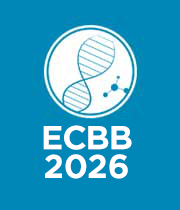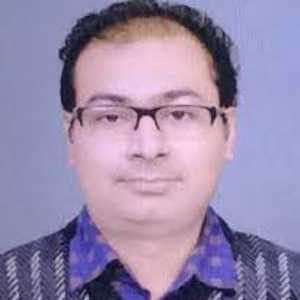Title: Evaluation of 3 different disinfectants to decontaminate face masks
Abstract:
Introduction: Masks need to be worn in pandemics, like the current COVID-19 pandemic. They have gained popularity and importance among people now. Face masks protect the non-exposed or susceptible persons from acquiring COVID-19, and also stop spread of the virus-laden aerosols from infected or convalescent individuals. However, these masks tend to get contaminated with microbes, with use, which can transmit infections to others. So there is need of disinfectants for removing germs on mask surfaces, without disturbing the filtration efficacy and leaving no chemical residues on surfaces.
Materials and methods: Here 50 masks of each type (cloth /N95 /Surgical, 3 types) were selected. Hence total number of samples was 150. Place of study was laboratory of Department of Microbiology, of our institute. The 3 disinfectants that were tested on mask surfaces were: (a) 76% Ethyl alcohol, (b) A mixture of 1 gram of shredded Betel leaf (Piper longum) (sweet variety) and 1 Gram of torn curry leaves (Murraya koenigii) in 100 ml boiled water, and (c) A mixture of 1 gram crushed Ajwain seeds and 1 gram common lemon (Citrus limon) extract in 100 ml boiled deionized water. Two swabs were taken from the masks, before and 5 minutes after spray with the 3 disinfectants. Each set of disinfectant was tested on each type of mask, although worn by different persons. A spray bottle was used for spraying disinfectant solutions. CLED (Cystine Lactose Electrolyte Deficient) and SDA (Sabouraud’s Dextrose agar) plates were used for culturing swabs before and after spraying. After inoculation, plates were incubated at 37 ?C overnight. Next day, colonies were observed for reduction in colony count. Bacteria or fungi isolated were identified using standard tests.
Results: Number of colonies of bacteria like Staphylococcus aureus, other Staphylococci and Micrococcus spp. were reduced significantly (p value<0.05 , Z test of significance). Mixture of betel leaf and curry leaves was most effective against bacteria, among these 3 disinfectants. However, these disinfectants did not have much inhibitory effect on Gram negative bacilli ,non-fermenters like Burkholderia spp., and fungi.
Discussion: Many chemical agents and others have been used so far for cleaning or disinfecting masks. Our study can help in establishing these 3 different novel types of disinfectants for decontamination of various face masks. There is ample scope for commercialization also in this.
Conclusion: New chemical and herbal disinfectants can effectively reduce microbial count on mask surfaces and thus stop spread of infection from used masks.



